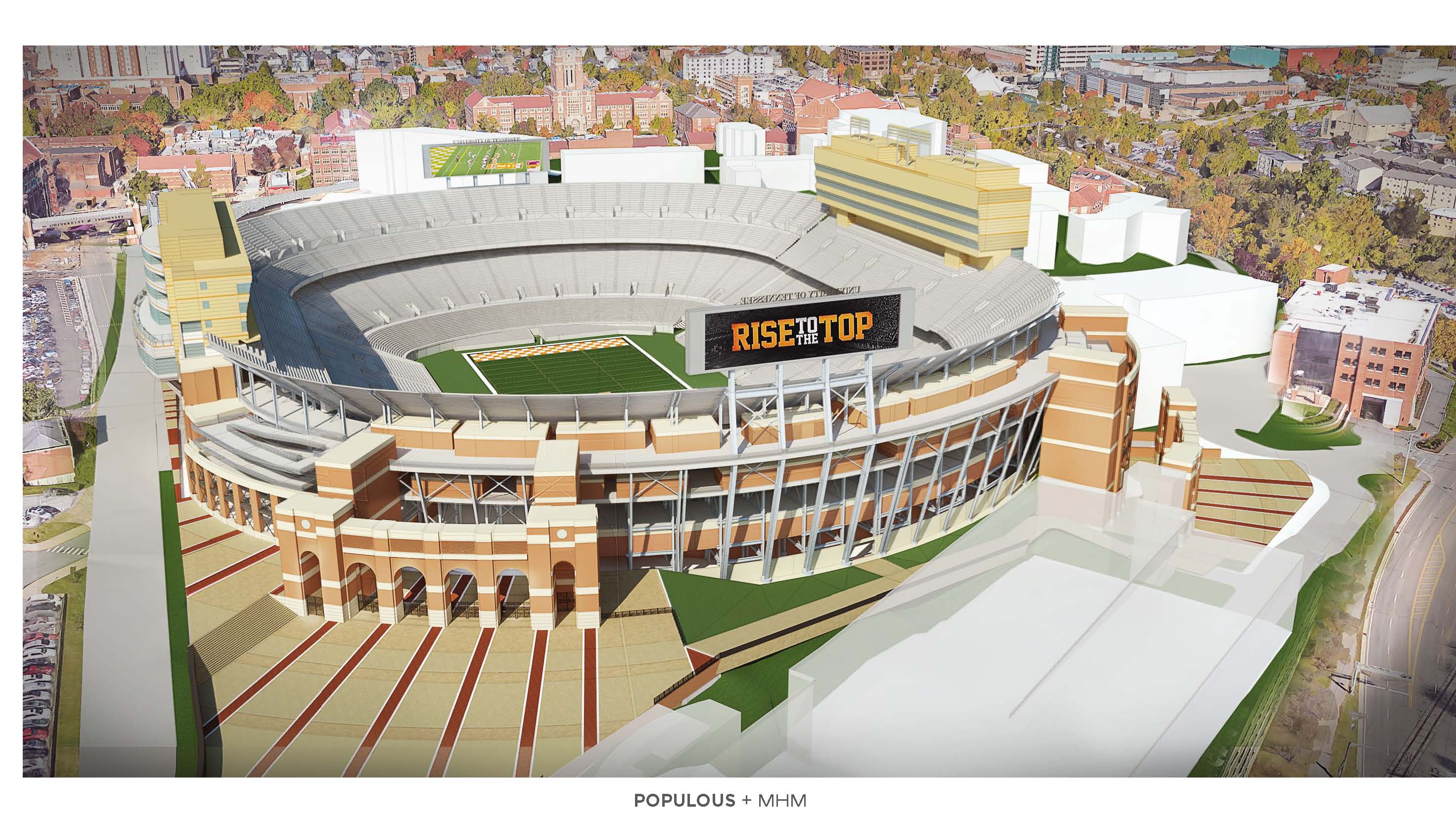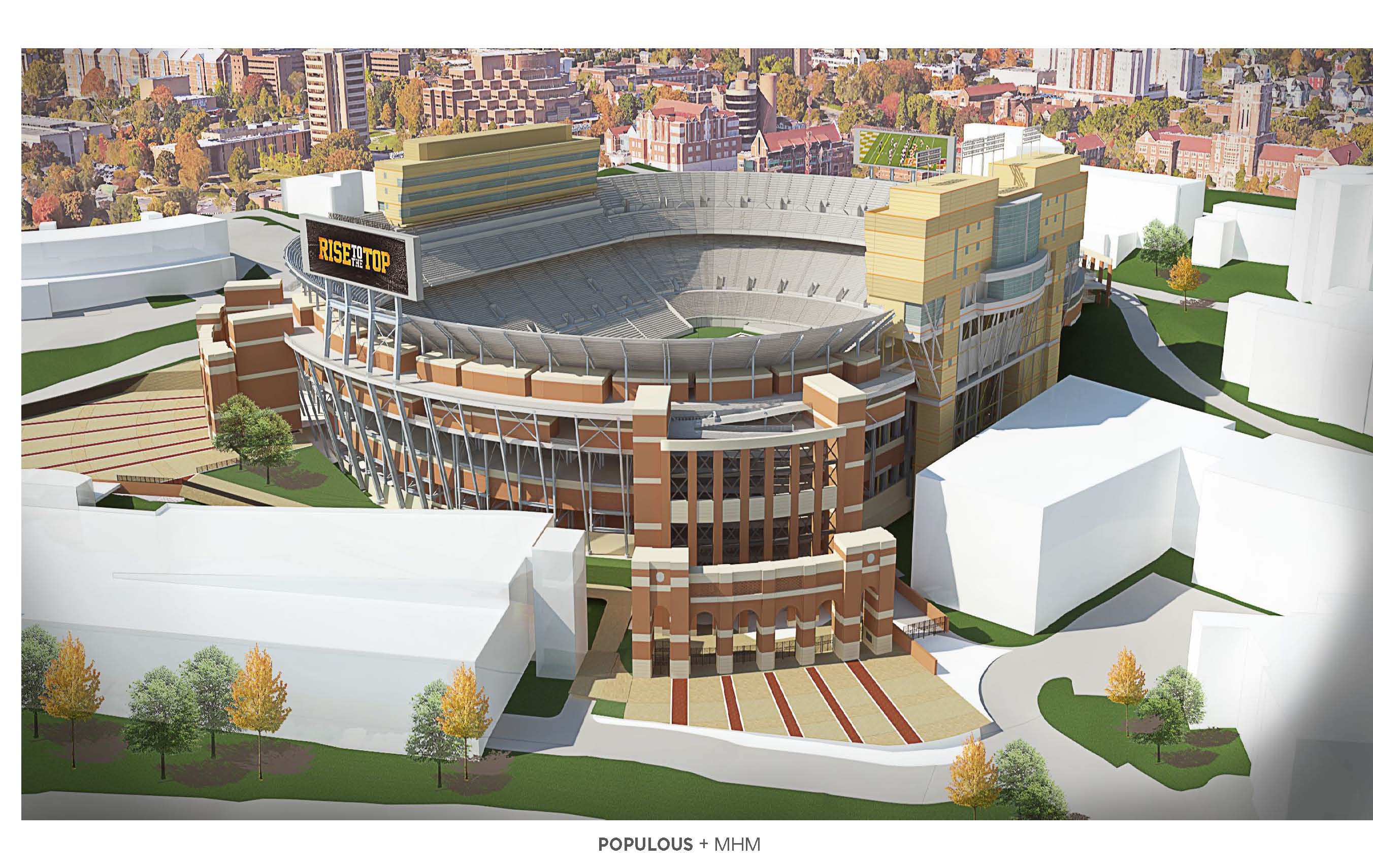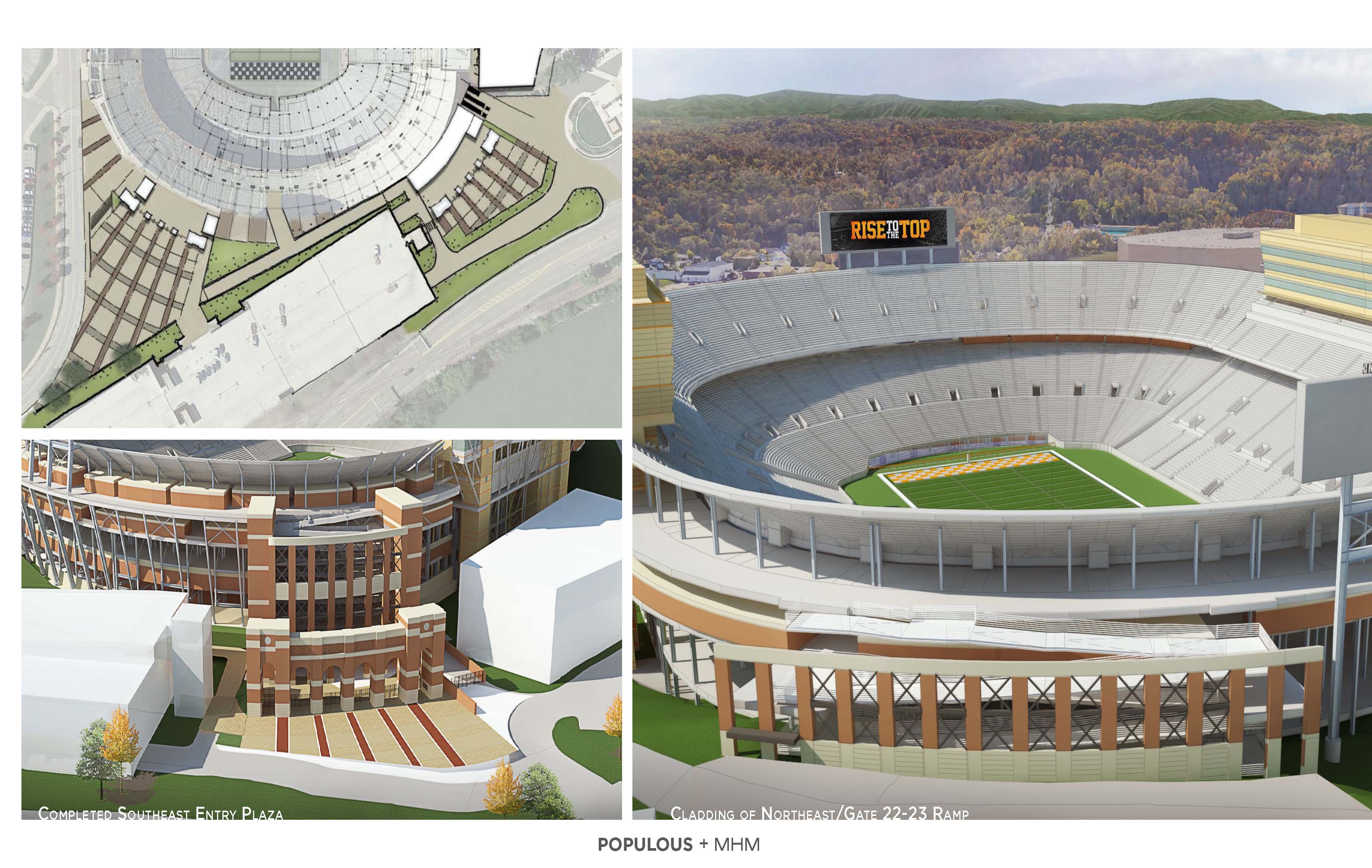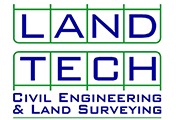For civil engineers and land surveyors, it’s conventional wisdom that in order to reduce traffic congestion you have to build more roads. However, according to this interesting article in the mathematics magazine “Plus Magazine”, there are several examples where traffic has improved after removing roads.
https://plus.maths.org/content/want-less-traffic-build-fewer-roads
The closing of 42nd street, a very busy crosstown road in New York City, during Earth Day in April 1990, was expected to cause a traffic nightmare. Instead, as reported in The New York Times on December 25, 1990, the flow of traffic actually improved.
In 2003, the Cheonggyencheon stream restoration project began in Seoul, removing a six-lane highway. The project opened in 2005, and besides substantial environmental benefits, a speeding up of traffic was observed around the city.
The article also mentions the reverse phenomenon of negative effects seen with expanding a road network:
If closing roads might help traffic flow, the negative effects of expanding a road network can be observed as well. For instance, in the late 1960s the city of Stuttgart decided to open a new street to alleviate the downtown traffic. Instead, the traffic congestion worsened and the authorities ended up closing the street, which improved the traffic.
The theory behind this phenomenon is described below.
Stories like these abound and as you might suspect, some mathematics is lurking behind them all. Indeed, in 1968, the mathematician Dietrich Braess, working at the Institute for Numerical and Applied Mathematics in Münster, Germany, proved that “an extension of a road network by an additional road can cause a redistribution of the flow in such a way that the travel time increases.” In his work Braess assumed that the drivers will act selfishly, each of them choosing a route based on their own perceived benefit, with no regard for the benefit of other drivers. It’s an assumption that reflects the harsh conditions of rush hour traffic rather well!
The phenomenon Braess observed, now called the Braess paradox, is not really a paradox, but just unexpected behaviour showing that we are not very well equipped to predict the outcomes of collective interactions.
Although there are many positive effects to traffic congestion by expanding roadway networks, there can also be unintended consequences and we may not necessarily realize the benefits we expected.




